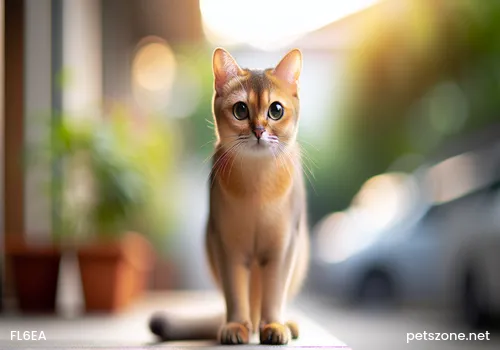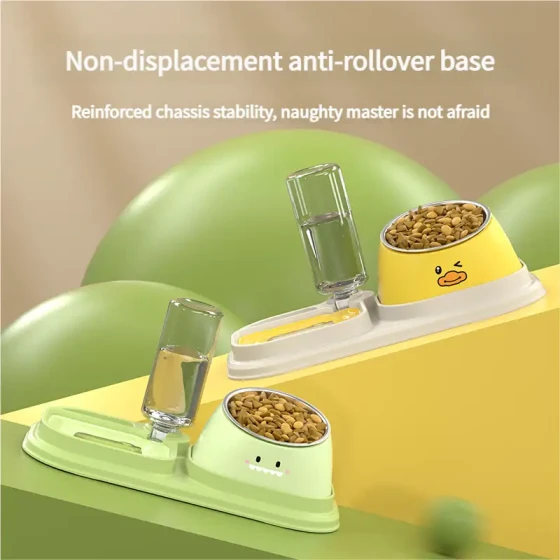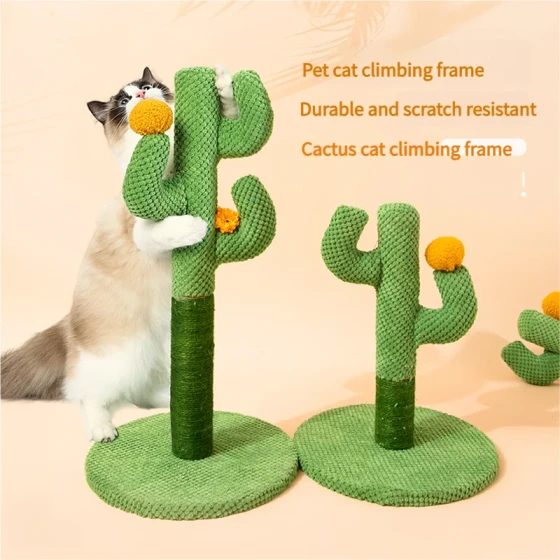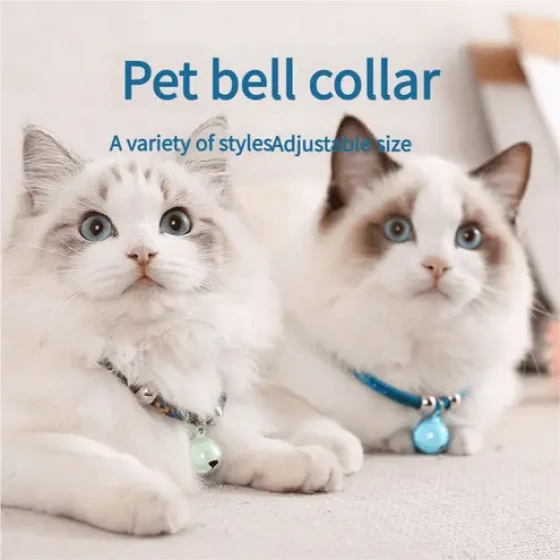Common Diseases in Old Cats

Burmese Cat
Chronic kidney failure, dental calculus and gingival disease, obesity, constipation, and hyperthyroidism are common diseases in old cats. Just like car parts can break down and become obsolete, the organs of old cats also gradually change or "age." Kidney failure is a common disease in old cats regardless of gender or breed, with symptoms ranging from increased drinking and decreased eating, fatigue to weight loss, refusal to eat, vomiting, even convulsions and death.
Since cats are carnivores, the incidence of kidney failure is much higher than in dogs, and they should be fed specialized formula cat food under veterinary guidance. When dental calculus and gingivitis occur, excessive drooling is most common at first, gradually reducing food intake; the cat wants to eat but does not open its mouth, gradually becoming thin with obvious bad breath; prevention is also possible, and long-term feeding of dry cat food helps maintain gingival health and delay the formation of dental calculus.
Obesity is the most common nutritional disease in elderly cats, and maintaining an appropriate weight is key to avoiding obesity. Since cats’ dietary habits are quite fixed in old age, it is better to feed small amounts of highly palatable food regularly. Decreased appetite and weight loss are common symptoms of hypothyroidism; feeding high-energy, palatable food is advisable, while preventing prolonged appetite loss in cats (especially fat cats) to avoid fatty liver disease.
Cats like to groom their fur with their tongues; because the tongue has barbs, it easily swallows fur causing colonic fecal accumulation. As a cat owner, it is important to pay attention to changes in aging cats, especially after cats reach 6 years old. (Source:PetsZone)




